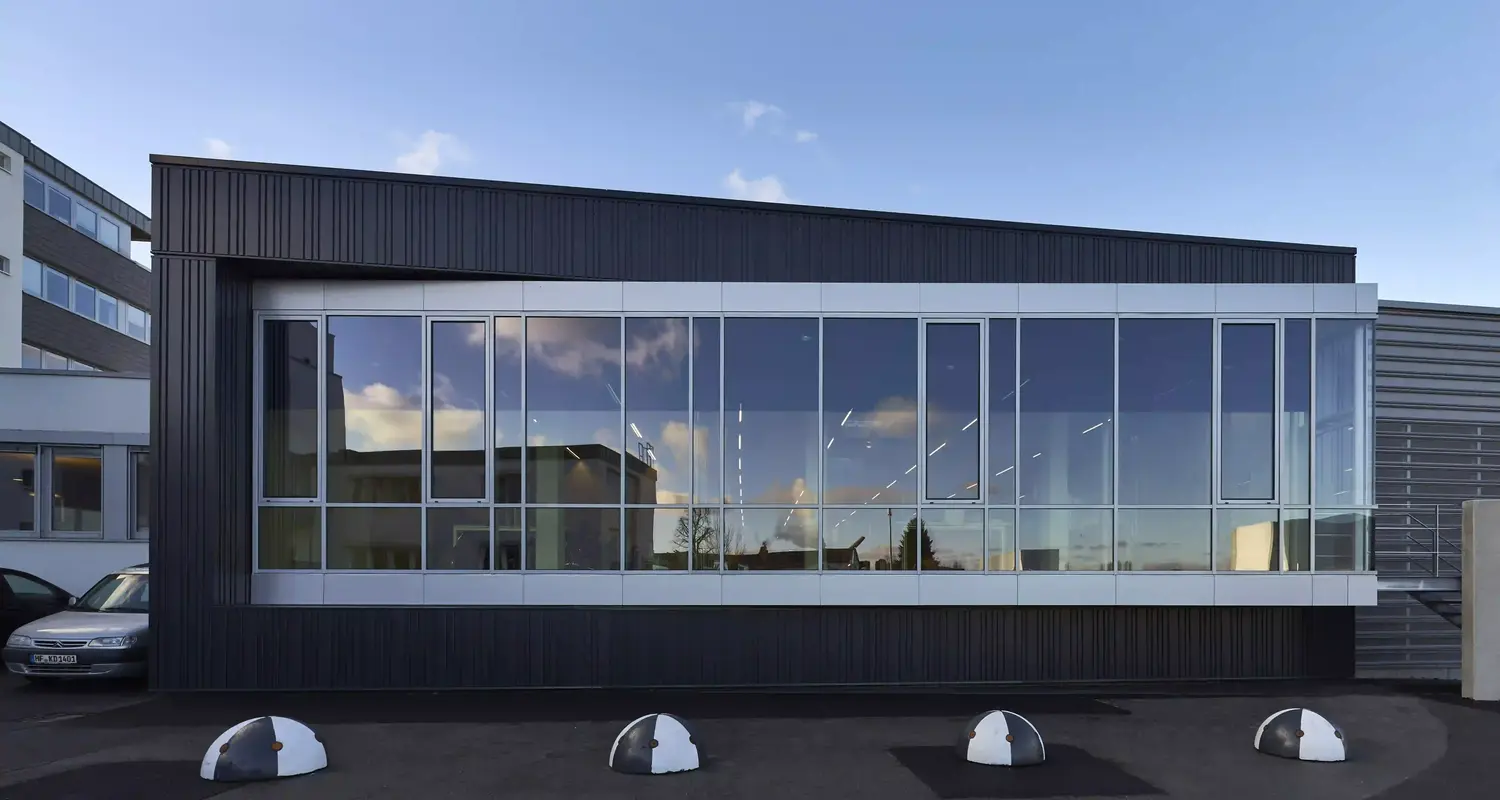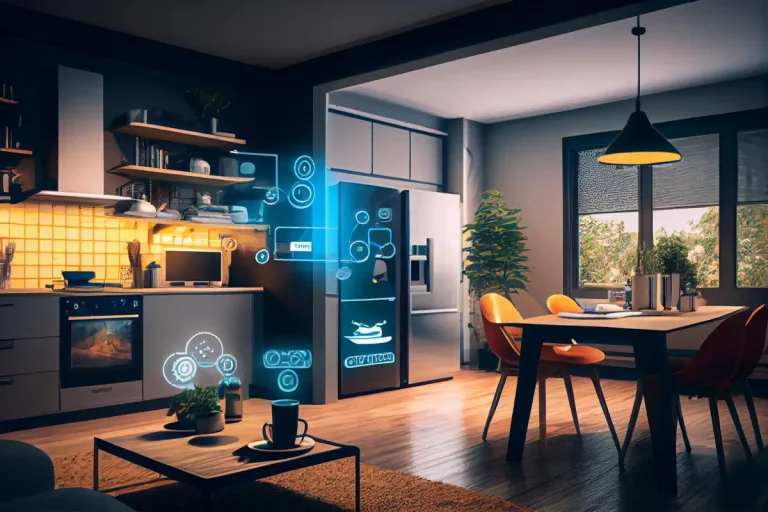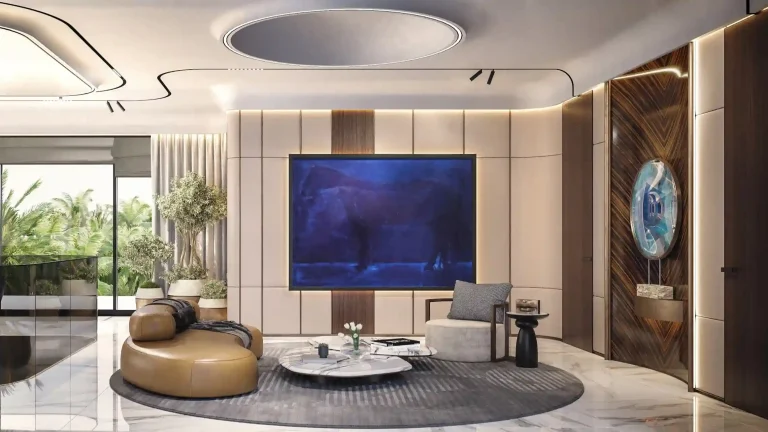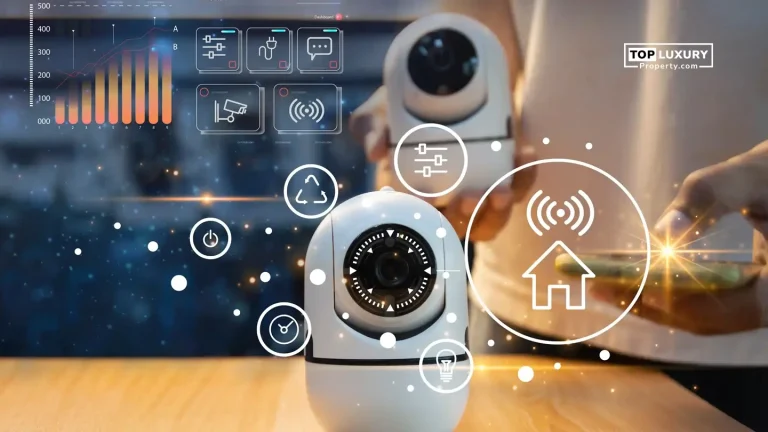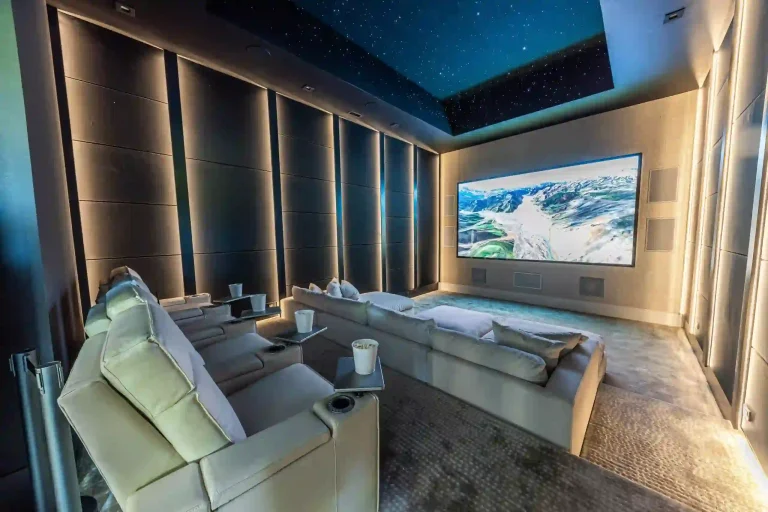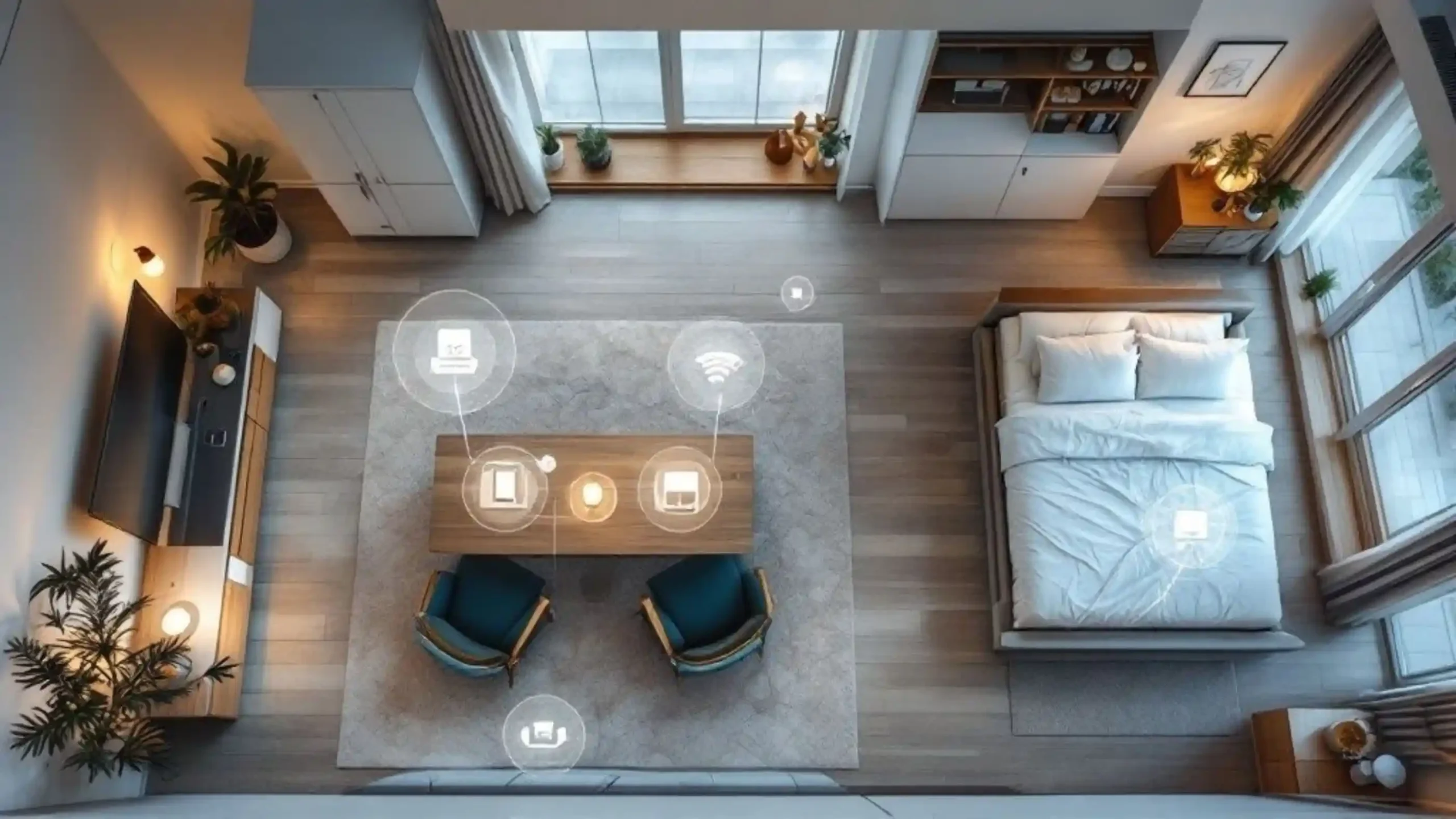Smart Glass & Electrochromic Windows Installation for Penthouses – Premium Switchable Window Solutions
Understanding Smart Glass & Electrochromic Windows
What Is Smart Glass / Electrochromic Technology?
Smart glass (also called switchable glass or dynamic glazing) changes its optical properties, transparency, tint, and shading in response to external input (voltage, current, or environmental signals). Among technologies, electrochromic glass is one of the most mature: a thin film embedded in the glass alters its opacity when a small voltage is applied.
In practical terms, a pane can shift from clear to tinted (or partially shaded) without blinds or curtains. That shift can be linearly controlled, scheduled, or automated based on sun angles, glare sensors, or building automation systems.
There are other variants too suspended particle devices (SPD), liquid crystal (LC) smart glass, polymer-dispersed liquid crystal (PDLC) film, etc. Each with its own strengths (speed, contrast, cost).
How It Works: Key Components & Mechanisms
Electrochromic windows typically consist of layers: transparent electrodes, electrochromic films, an ion conductor, and a counter electrode. Applying a voltage causes ions (e.,g. lithium) to move, changing absorption or scattering properties. The effect is persistent (the window holds its state until the next command).
Because the change is stable without continuous power, energy use is small; only power is needed when changing states. This is a major differentiator from technologies that require constant power.
Why Penthouses Gain Major Advantages
Large glass facades and panoramic windows are a signature of penthouse architecture. But they bring:
-
Harsh glare at certain hours
-
Overheating in strong sun, high cooling costs
-
Privacy concerns with neighboring towers
-
Exterior views that are beautiful but become blinding
With smart or electrochromic glazing, you get:
-
Automatic tinting to reduce glare but preserve the view
-
Reduced solar heat gain to lower AC load
-
Privacy on demand without bulky blinds or curtains
-
Cleaner interiors (no shading hardware) and more consistent lighting
Beyond comfort, these features contribute to sustainability, lower utility bills, and enhanced property appeal.
Top Real-World Products from Leading Manufacturers
Below are five high-quality, scaled smart glass or electrochromic glazing solutions from recognized global providers. These are used in real projects, backed by research and distribution, suitable for penthouse installations.
1. SageGlass (Saint-Gobain)
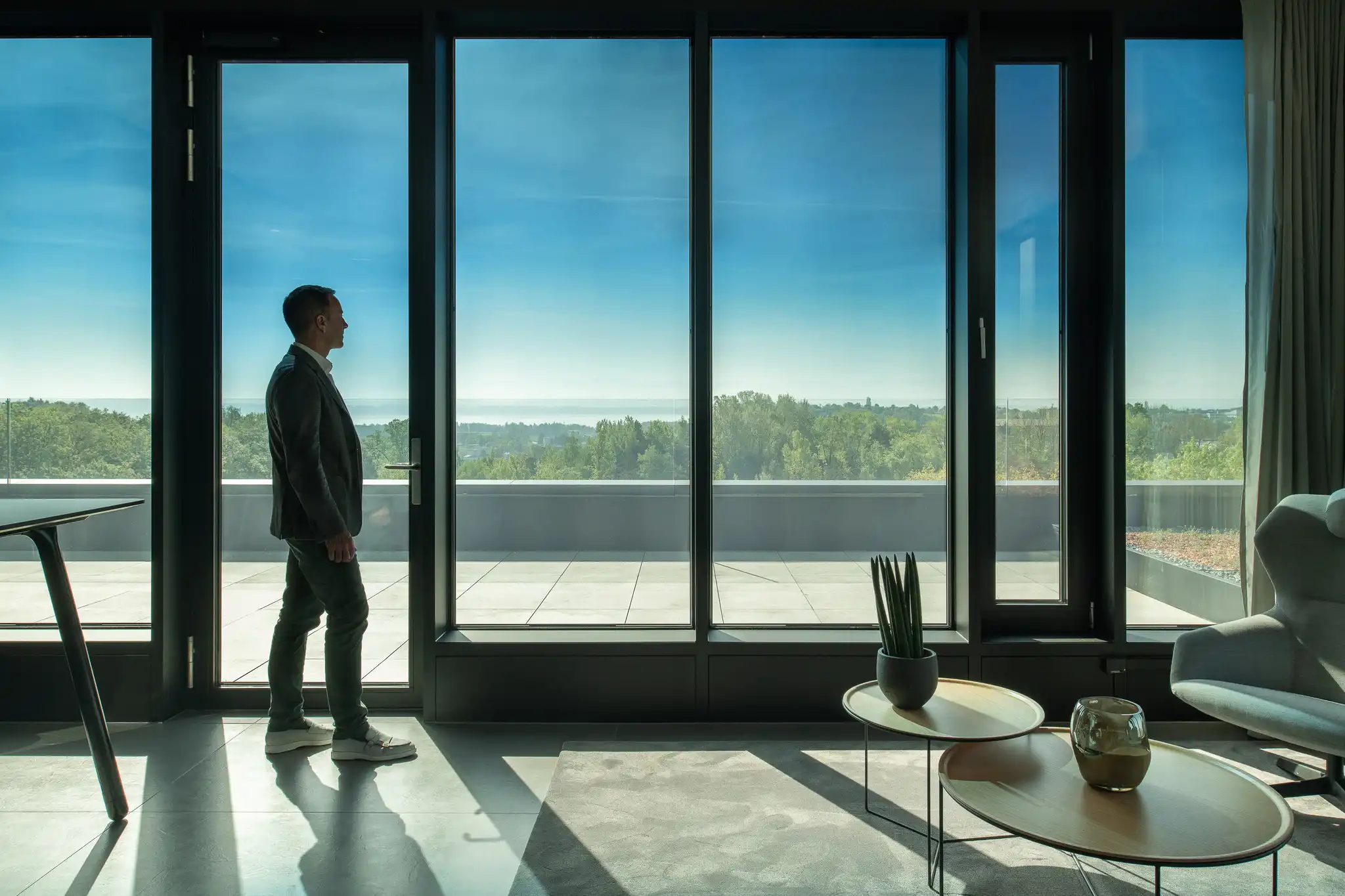
SageGlass is one of the leading electrochromic glass brands. Their products are double-glazed (insulating glass units, IGUs) with a coating of several ceramic thin films that tint automatically or on demand. They block visible light, glare, and solar heat gain, while maintaining views through the glass.
Features & Benefits:
-
RealTone™ variant: neutral tinting (reduces the “blue wave” sometimes seen) so views remain natural.
-
Energy savings: up to approx. 20% reduction in cooling load, up to 30% lower HVAC requirement in some climates.
-
Silent transitions, stable durability, and reliable performance in large sizes.
Suitability in Penthouses:
Ideal for large façades, skylights, and roof terraces. The ability to auto-tint means less manual shading, preserving aesthetic clean lines, and maximizing the view. RealTone helps with design continuity, avoiding color distortions in tinted mode.
2. View Dynamic Glass (View, Inc.)

View produces electrochromic glazing with IoT-enabled control. Each pane can be controlled for tint level via app or building automation; also, they have sensors to respond to sunlight and glare.
Features & Benefits:
-
Variable tinting on each glass enables precise control of light and glare throughout the day.
-
Data/analytics: environmental sensing to adjust tint automatically. Reduces energy and improves occupant comfort.
-
Used in large-scale commercial and residential upgrades, the brand is trusted in high-end real estate.
Suitability in Penthouses:
Gr, eat where you want intelligent, responsive façade glazing. Especially useful on façades exposed to strong sun, or for views with varying brightness. Enhances occupant experience while reducing AC loads.
3. HALIO® Smart Glass (AGC Inc.)

HALIO by AGC is an electrochromic smart glass tech known for relatively fast tint transition among EC options (though not instant like PDLC). It offers strong optical performance, decent visible light transmittance even in tinted mode, and good clarity.
Features & Benefits:
-
Strong color neutrality, better tint control, and good visible transmission.
-
Designed for architectural installations, façade glazing, and curtain walls. Compatible with premium framing systems.
Suitability in Penthouses:
If a penthouse has high ceilings and large vertical glazing, HALIO’s ability to maintain openness even when tinted is valuable. Offers a good balance between performance and design.
4. Gentex Corporation
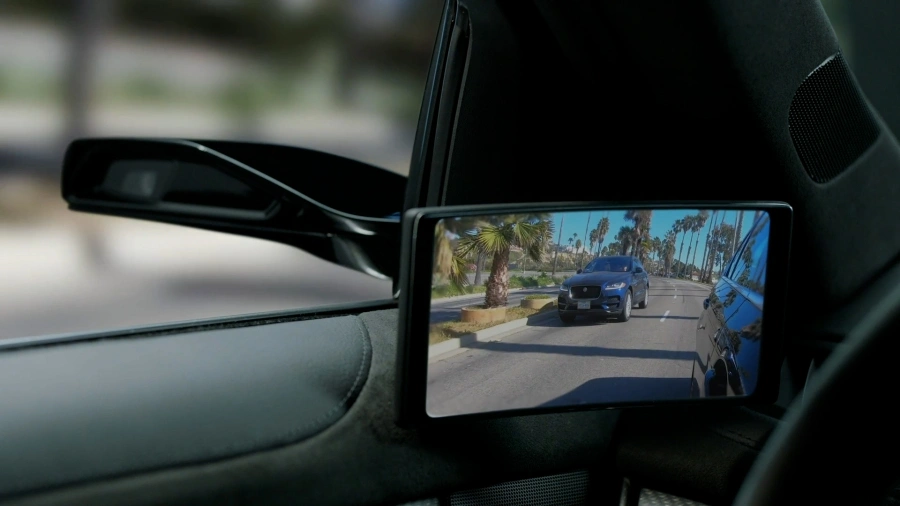
Gentex is more known for automotive electrochromic mirrors, and has an expanding presence in smart window glass (or offers glass-equivalent dynamic dimming). Their experience in dimmable optics, reliability, and optical quality is leveraged in architectural systems.
Features & Benefits:
-
Good tinting control, reliable switching, proven in harsh conditions (automotive background)
-
Long lifetime, stable optical performance
Suitability in Penthouses:
Useful for specific high-performance areas: overhead glazing, skylights, or even conservatories where glare and UV are major issues. Gentex components often integrate well with other manufacturers.
5. Gauzy Ltd. (SPD / PDLC & Hybrid Films)
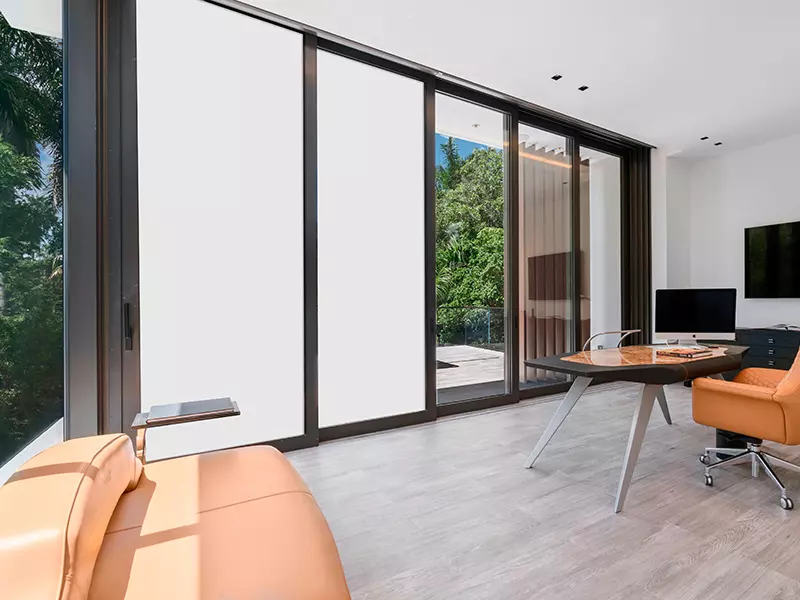
Gauzy offers advanced smart films and SPD/PDLC technologies. Their products change state quickly, provide privacy, control glare, and are sometimes more cost-effective as retrofit options.
Features & Benefits:
-
Fast switching (especially SPD) for privacy or glare control
-
Flexible application: retrofit film, partitions, or windows where replacing a full IGU is costly
Suitability in Penthouses:
Excellent in interior partitions, guest bathrooms, or retrofit situations. Also valuable in secondary glazing or in façades that cannot structurally support full EC IGU replacement.
Use-Cases & Problem-Solving in Penthouses
Summer Heat & Glare Suppression Without Blocking Views
Problem: In high sun, direct sunlight causes glare, overheating, and forces shading that blocks the view.
Solution: Electrochromic windows automatically tint to reduce glare and he, but without turning the glass darkly opaque. The view remains just moderated.
This solves the dilemma of maintaining views while protecting interiors and comfort.
Dynamic Ambiance Control & Scene Integration
Problem: Residents want ambient control “movie mode,” “lounge mode,” “daylight mode, mmode but windows remain static.
Solution: Integrate electrochromic glazing into home automation scenes. In “movie mode,” the windows tint gradually; in “morning,” they restore clarity; in “sunset,” the shift soft dusk tone.
It solves the lack of dynamic ambiance control inherent in static glazing.
Privacy on Demand for Bedrooms & Bathrooms
Problem: Facing neighboring buildings or terraces, privacy is needed in certain zones (bedrooms, bathroom,m s), but fixed frosted glass or curtains obstruct views when not needed.
Solution: Use smart glass in those zones to toggle between transparent and opaque states. When you want privacy, the glass tints; when privacy isn’t required, full transparency is restored.
This addresses the trade-off between privacy and openness elegantly.
Cooling Load Reduction in Hot Climates
Problem: In climates with intense sun, cooling demand soars if large glass façades are always transparent.
Solution: Dynamic tinting reduces solar heat gain exactly when needed, lowering HVAC load and peak demand. Studies suggest that electrochromic glazing can reduce overall energy use by 5–15% and lower peak summertime demand by about 25%.
This addresses the challenge of expensive cooling and smoothed energy consumption.
Aesthetic Cleanliness & Elimination of Shading Hardware
Problem: Blinds, curtains, motorized shades, and tracks clutter aesthetics and require maintenance.
Solution: Smart glass replaces the need for shading devices entirely. The transitions are internal to the glazing system. The façade and interior surfaces remain sleek and minimalist.
This solves the visual clutter problem while delivering functional shading.
How to Buy and Deploy Smart Glass in Penthouses
Step 1: Choose the Right Type & Technology
Decide whether you’ll use full electrochromic glass (in IGU units), PDLC film, SPD, or hybrid technologies. Consider transition speed, clarity, cost, durability, and control method.
Step 2: Work with Expert Integrators & Glazing Specialists
Smart glass installation demands glazing expertise, electrical wiring, control systems, and integration. Hire firms experienced in architectural glazing and switchable systems.
Step 3: Define Control & Automation Scheme
Decide how the tinting will be controlled: via building automation system (BMS), smart home platform, scene-based triggers, or manual switches. Ensure compatibility and wiring paths.
Step 4: Procure from Reliable Manufacturers / Distributors
Use trusted brands and verified suppliers. Some recommended products above (e.g., PRIVAGLASS, PDLC film options) are examples. Ensure warranties, quality, and certification support.
Step 5: Installation & Integration
-
Replace or retrofit glazing units
-
Run low-voltage wiring to each pane or film zone
-
Mount control drivers, wiring distribution, and fuses
-
Integrate control signals (digital control lines, automation bus)
-
Calibrate transitions, sensor triggers, and fallback modes
Step 6: Commissioning & Owner Training
Verify each window’s responsiveness, clarity, switching speed, and integration with automation scenes. Walk the resident through control options, fallback modes (power failure, manual override), and maintenance handling.
Frequently Asked Questions
Q1: How much does smart glass / electrochromic window installation cost for a penthouse?
Costs vary widely depending on size, glazing type, switching technology, control integration, and installation complexity. It’s considerably more expensive than conventional glass plus blinds, but the value lies in experience, energy savings, and aesthetics. A rough incremental cost might be on the order of tens to hundreds of dollars per square foot, depending on region and specification.
Q2: Can smart glass be retrofitted to existing windows?
Yes, especially using PDLC films or retrofit glazing units. However, full electrochromic IGUs require more structural and electrical modifications. PDLC film is more adaptable for retrofits but may not match the clarity or longevity of dedicated electrochromic glass.
Q3: What happens during a power outage?
Because electrochromic glass holds its last state without needing continuous power, the window typically remains in the tinted or clear state as before. Some systems include backup power or a manual override to reset to a default condition. Always specify fallback modes in design.
